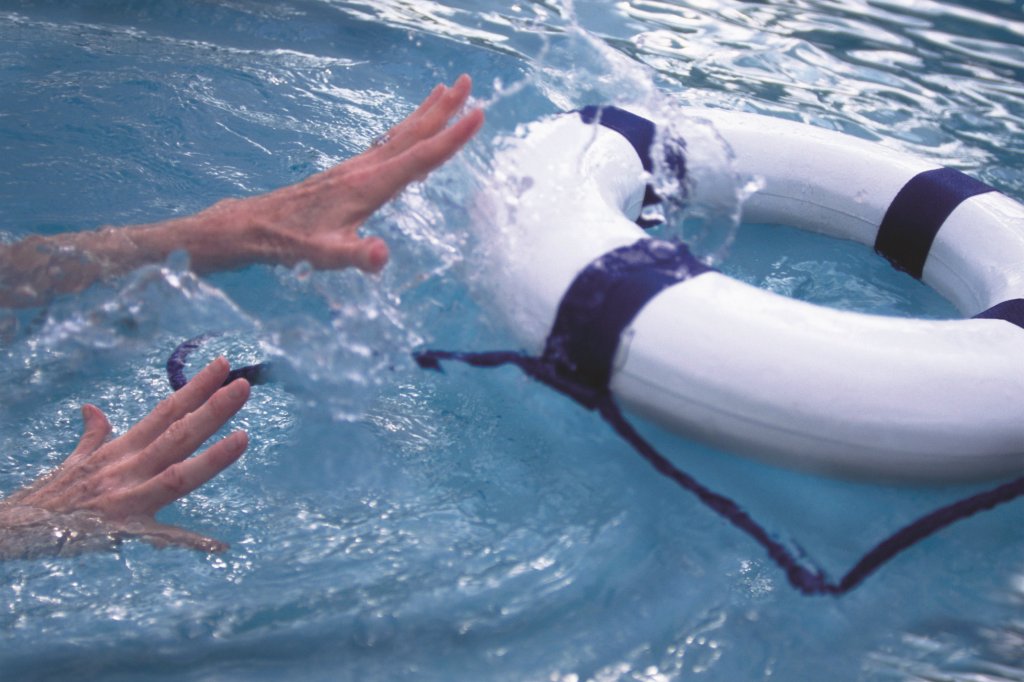Ten years after its global report on drowning and call for nations to develop strategies to prevent them, the World Health Organization has published a study of progress.
“Global Status Report on Drowning Prevention 2024” looks at the scale of drowning fatalities around the world and what has been done to reduce such incidents. It is meant to chart drowning-prevention progress over time at global, regional and national levels.
The report covers drownings in all settings and circumstances, including pool drownings, incidents in open water, those resulting from natural disasters and water-transportation accidents. It is based on information provided by 139 states and territories around the world.
According to the report, the rate of deaths from drowning dropped by 38% between 2000 and 2021. But 300,000 fatalities still occurred in 2021. Improvements were inconsistent from region to region: Where drowning decreased by 68% in Europe, it only dropped 3% in Africa.
The report said 92% of drowning deaths occur in low- and middle-income countries, where the death rate from drowning is 3.2 times higher than wealthier nations. WHO estimates that, every hour, 30 people die from drowning.
For these reasons, the WHO continues to classify drowning as a major public health issue.
“Drowning deaths remain a tragic and preventable public health crisis, and the declines seen in the past two decades fall short of what is needed …” the report said.
Because drowning is a complex issue, WHO calls for collaboration among governments and non-government entities to solve the problem within countries. At this point, only 26% of countries that participated in the report have a national drowning prevention strategy in place such as the one being developed in the U.S.
WHO encouraged the use of legislation to prevent drowning, calling it “an under used – albeit powerful – drowning-prevention tool.”
Only 14% of countries participating in the study said they have national laws for fencing around the perimeter of private and public swimming pools. “These findings reveal that legislation is often out of step with the scale of the challenge,” the organization said.
The organization said that, without strengthened efforts, the world is on track to lose more than 7.2 million to drowning by 2050.
